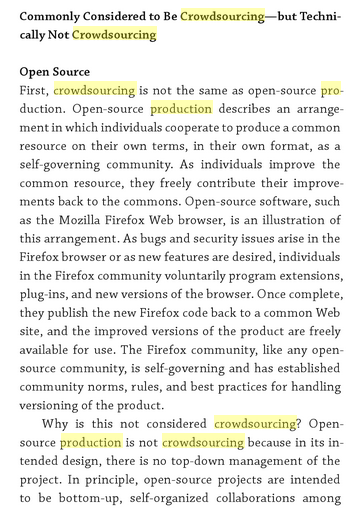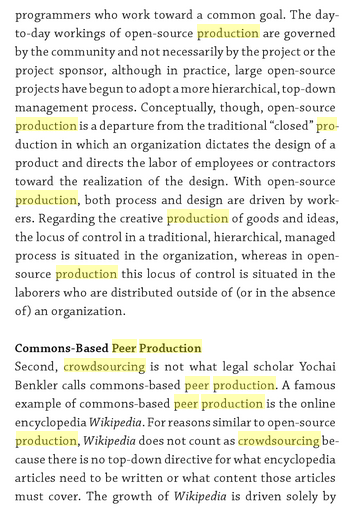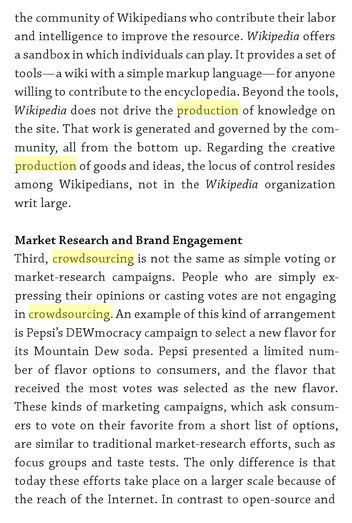if there's a popular clamor like people really want to know so they'll be yelling at this priesthood and say shut the up you you're telling this this doesn't exist but we are thousands or millions now and and we really want some of you up there to investigate it. So I think that's a key role that media um can play today in an age where journalism is broken
for - crowdsourcing science - via media and mass voting - Eric's media project


